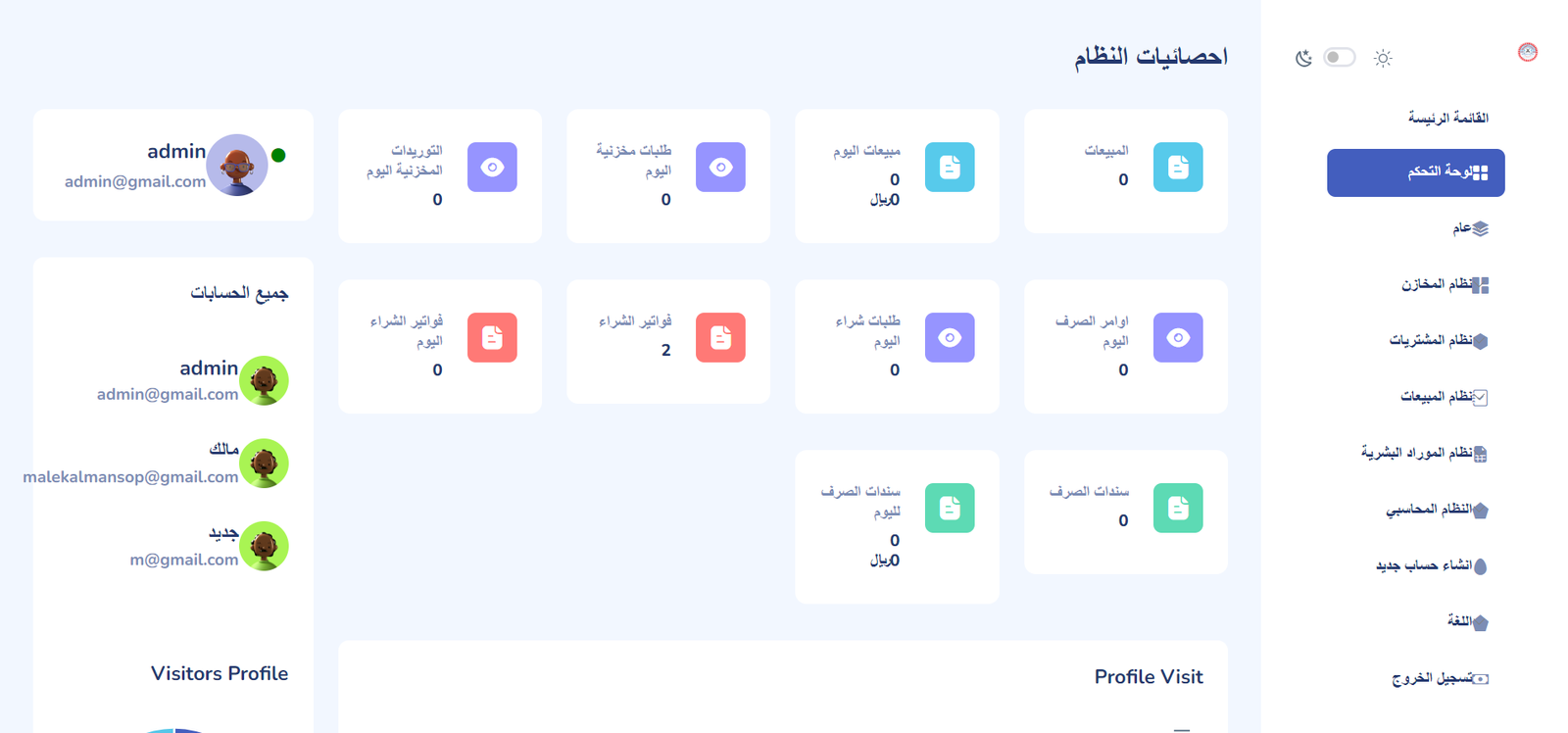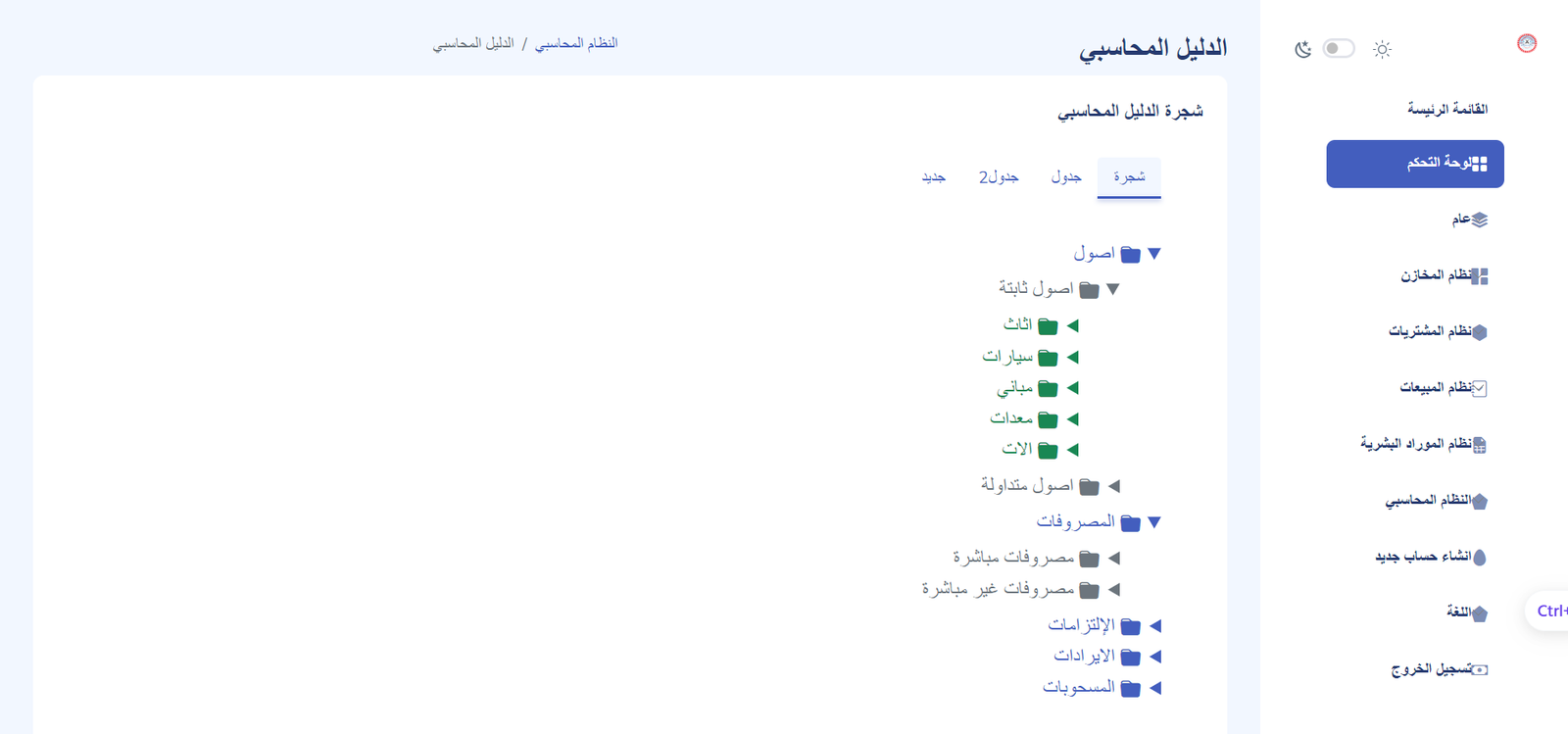Master project data

Prome System
Managing items and sub-items: The system allows users to add, edit and delete items and subcategories. Subclasses can be defined as microclasses that belong to parent classes. This section also includes a function to view reports on existing and available items in stores. Product Management: Users can add new products and edit their information such as name, description, and images. The system provides a function to track the available quantities of each product in stores and update them based on purchases and sales. Unit management: The system allows defining different units of measurement for products, such as pieces, kilograms, liters, etc. It transfers quantities between different units and displays reports on the distribution of units in the warehouses. Store Management: The system allows users to add, modify, and delete stores and storage locations within them. Stock levels can be monitored in each store and transfers between stores can be made when needed. purchase management: The system allows users to create purchase orders to purchase products from suppliers. It tracks the status of orders and distributes products when they are received in warehouses. Sales Administration: The system allows users to create sales invoices for their customers. It can automatically update inventory levels based on sales. Customer Management: The system allows users to add customer information such as name, contact information, billing details and payments. Users can track the history of purchases and payments for each customer, which helps them understand customer behavior and provide better service. Supplier management: The system allows users to add supplier information such as name, contact information, and payment terms. Users can track open orders with each supplier and better manage their business relationships. Account management: The system includes an accounting system that allows users to record financial transactions such as outgoing and incoming invoices and payments. The system can generate financial reports such as income statement, balance sheet, and statement of accounts, which helps in monitoring the company's financial performance. Accounting system: The system provides a simple and effective interface for entering and tracking accounting transactions. It can calculate taxes, deductions, and prepare financial reports accurately and efficiently. Managing users and permissions: The system allows managers to create different user accounts and assign specific permissions to each user based on their role in the company. Permissions can be set to access various modules and functions in the system such as warehouse management, sales, purchases, accounts, etc. The system provides a log of user activities, allowing administrators to track actions performed on the system and monitor unauthorized activity. Support for multiple languages: The system allows users to choose their preferred language from a group of supported languages. A fully localized user interface, including menus, text and instructions, can be provided to provide a comfortable user experience for all users. Multiple styles: The user interface can be customized to suit users' preferences in terms of colors, fonts, and layouts. The system allows choosing different styles of displaying data, such as tables, graphs, and reports, to enable users to analyze data better and effectively. These additions make the system more flexible and customizable, making it easier for users to carry out their tasks efficiently and effectively, and enhancing the final user experience.



